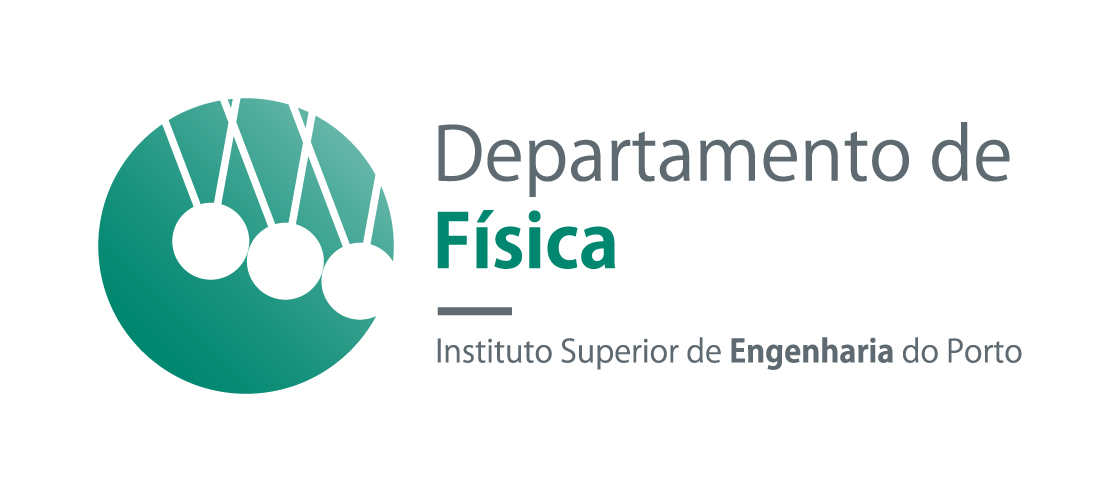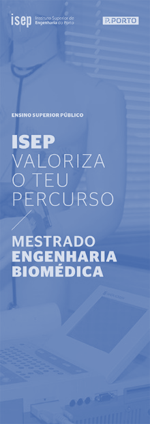 Novas técnicas avançadas de discretização para biomecânica computacional
Novas técnicas avançadas de discretização para biomecânica computacional Resumo
Today, the literature describes several advanced discretization numerical techniques capable to perform efficiently structural analyses of bio-tissues and bio-inspired materials. The finite element method (FEM) was one of the first discrete numerical methods to be developed, and nowadays is the most popular numerical technique within the computational biomechanics research community. Most of its significant success is due to the fact that FEM is easy to program, robust and it allows to obtain fair approximations. Although its efficiency and success, in the last decade of last century, new mature advanced discretization techniques appeared – the meshless methods. In opposition to the FEM, which discretizes the problem domain using a grid of nodes organized following a structured element mesh, meshless methods discretize the problem domain with an unstructured nodal distribution. Thus, with meshless methods it is possible to obtain a discrete geometrical model directly from medical images or CAD geometries. Thus, this meshing advantage is a true asset in computational biomechanics. This work presents a broad description of the origin and evolution of advanced discretization techniques in computational mechanics and biomechanics, showing the most relevant ones and their formulations. It also presents several demanding numerical applications in computational mechanics and biomechanics developed by the author’s research group, such as: the transient behaviour of bone tissue (bone remodelling); the elastoplastic behaviour of biological tissues, the blood fluid flow and the structural response of implants and bio-structures. The meshless results are compared with FEM solutions, allowing to understand the efficiency and accuracy of meshless methods.
Jorge Belinha![]()
Jorge Belinha holds a Ph.D. degree since 2010 in Mechanical Engineering at the Faculty of Engineering of the University of Porto. He participates actively in international and national research projects, in cooperation with clinical and academic partners. He is the director of the Computational Mechanics Research Laboratory (cmech.webs.com) at INEGI, presently supervising 8 PhD students. His areas of interest, both in research and teaching, are: advanced discretization techniques; nonlinear solid mechanics; and computational biomechanics. As a result of his research activities, he has published: three book with international distribution; 75 papers in international scientific periodicals with peer-review; 50 book chapters; and he is the author of more than 350 works published in proceedings of conferences.




